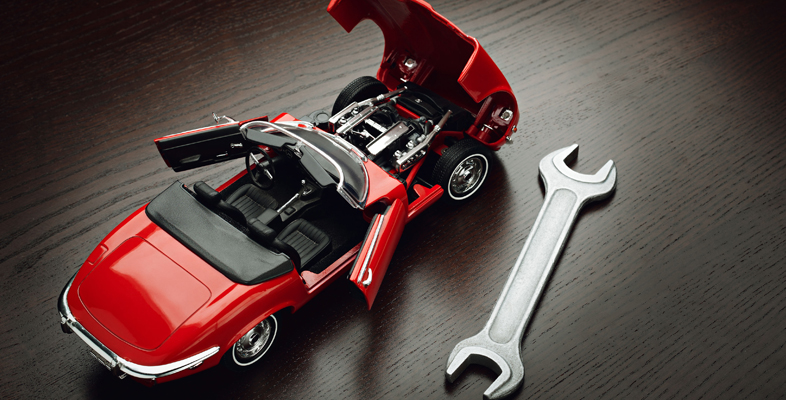3.2 The lithium battery
For many years, the main obstacle in mass production of battery-operated airborne toys was the low power-to-weight ratio of conventional batteries. The energy stored in a conventional alkaline or lead acid battery is hardly enough to lift the battery itself for a reasonable amount of time.
The evolution of battery technology started around 1799 when the Italian physicist Alessandro Volta created the first electrical battery, called the voltaic pile. Almost exactly two hundred years later, the evolution continued with the introduction of the lithium ion battery.
The lithium ion battery has a much higher power-to-weight ratio than previous batteries, allowing smaller and lighter power supplies to be incorporated into toy designs.
The specific energy of a battery
Batteries are often described in terms of their specific energy (in J kg−1), which is the ratio of the energy the battery is capable of releasing and the mass of the battery. Lithium batteries typically have specific energies ranging from 940 kJ kg−1 to 2810 kJ kg−1. This is up to 20 times higher than the specific energy of a lead acid battery used in a conventional car.
The lighter, more powerful lithium battery revolutionised many areas of engineering design, and toy manufacture was no exception. Toys were able to ‘lift off’ and stay airborne for significant periods of time, and toys such as hoverboards became viable (Figure 14). You will look at hoverboards in more detail after the next activity.

